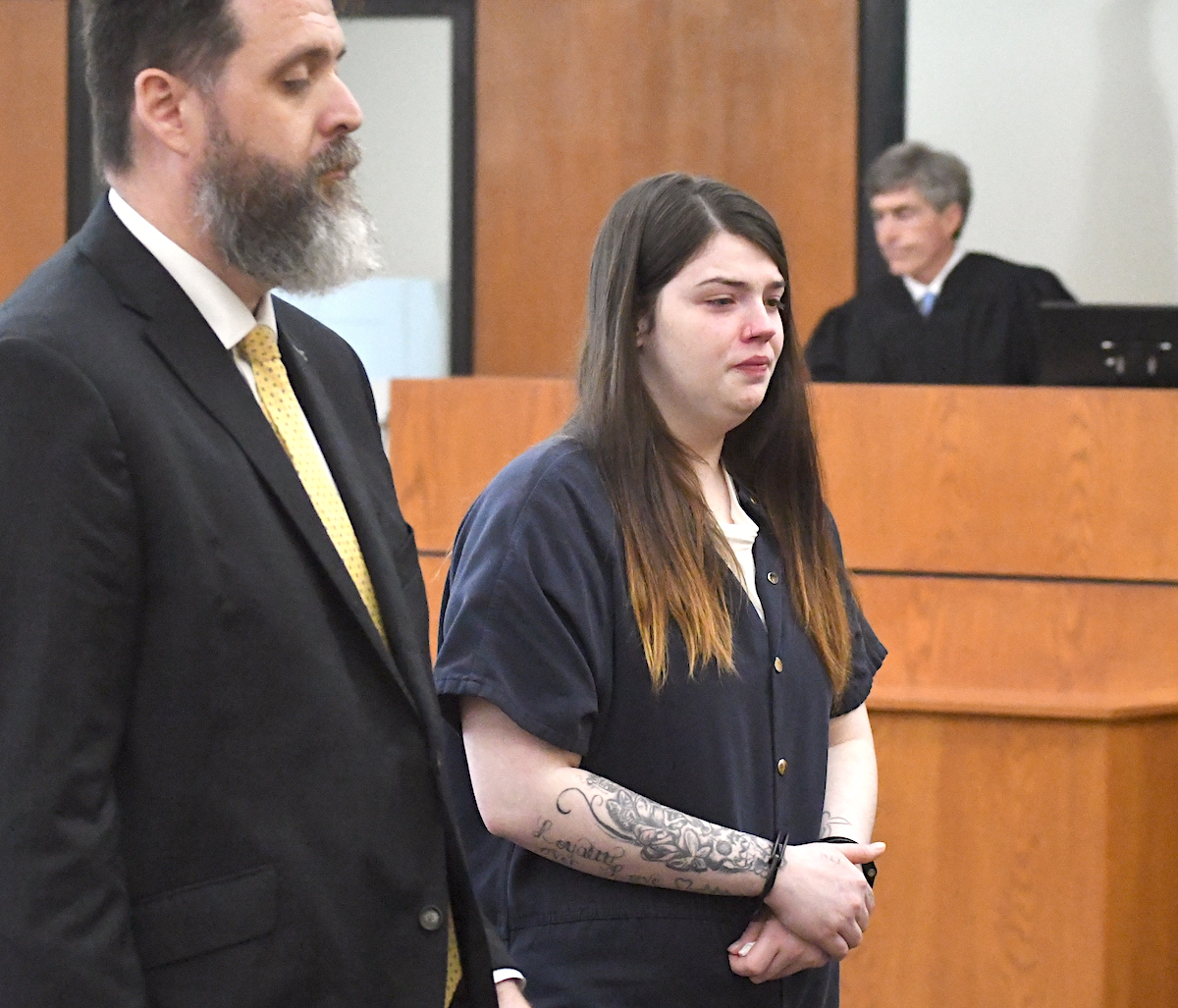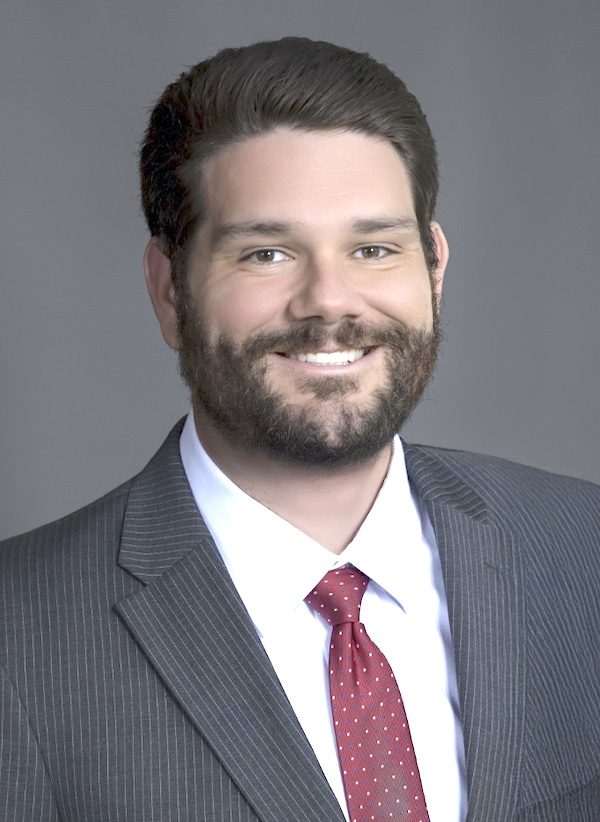A guilty conscience needs no accuser: Part II
Published 4:18 pm Tuesday, September 19, 2023
By Jadon Gibson
Contributing columnist
Floyd Williams had very little schooling. A reporter from the Hazel Green Herald newspaper, Spence Cooper helped Floyd Williams write his confession on July 7, 1885. His hanging drew near in the small Kentucky town of Campton.
Trending
Cooper did an excellent job in telling the young nan’s story. Floyd had an affair with Peyton “Pate” Stricklin’s wife and was nearly killed when he was caught in Pate’s bed. Had Pate’s gun not misfired he surely would have killed Williams.
“She jumped up and hurried me out the door saying he would kill me if I didn’t leave,” Floyd’s confession continued. “About a week later Pate came and tried to get me to go back to work for him. It really surprised me. I just couldn’t do it ‘cause I didn’t trust him.
“Then he sent his wife to get me to change my mind. After listening to her I agreed to go back with her and work with her husband. I worked for Pate but then he refused to pay me. He said I should get payment from his wife. I told him that wasn’t our agreement and he told me to leave and threatened to kill me if I ever came back to his house.
“I did some work for John Rose putting up fencing then one day Pate Stricklin came by. I couldn’t believe it. He said he had thought about it and decided he had done me wrong. He wanted me to come back and do some more work for him. I knew better than to go but I finally told him I would think about it. I had to say something to get him to leave.
“Then he sent his wife again to get me to return. I told her if I did one of us would probably die. She left but came back again the next night saying he had some ground for me to work and to fatten up a hog. He said he promised he would do me right. I decided to talk with him about it.”
When Floyd arrived Pate asked him if he trusted him. Floyd answered he was afraid he wouldn’t live up to his side of the bargain. Pate insisted that he would and agreed to have a nearby preacher draw up papers to sign.
Trending
Floyd relented and fattened up a hog on Pate’s corn and in turn the two were to share the meat. When Pate had the hog slaughtered he took all the meat. He put it in his smokehouse and wouldn’t give any to Floyd.
Heated words were exchanged and the two men drew their guns but Pate’s wife and another man intervened, preventing gunplay.
“Pate argued that I failed to clear off some of the land and plant corn as I was supposed to do,” Floyd explained. “The following day I went back but afterwards’ Pate came and said it was too late. He told me to do nothing more. I saw him at the blacksmith shop later that day and we had trouble again.
“His wife came later and told me Pate was going to kill me the next morning. She said if I ever planned to kill him I should do it soon before he waylays me.
“After dark I went down to the blacksmith shop and took a gun that belongs to George Miller,” Floyd continued. “I took and hid it in a fence corner.
“I woke up early the next morning and the clock struck five as I put on my shoes. I got the gun where I had it hidden and went up the creek to the cornfield. I was afraid the gun wouldn’t fire after being outside all night so I fired it at a small beech tree. It worked and I found that the bullet was true.
“I took a pistol ball and loaded the gun and went to where Pate was to plow that day. I hid where I could see him good as he hooked up the plow. He soon arrived with his wife and little girl not far behind. As he hitched up his horse to the plow I shot the fatal shot that sent his soul into eternity.”
In the middle of the afternoon, I heard from a neighbor that Pate had been shot and killed. I went with my brother and two other men to Pate’s home to show our condolences.
“There were nearly twenty people there and they all looked at me like they knew I was guilty. A guilty conscience needs no accuser I guess.”
Floyd Williams is arrested for murder next week in the conclusion of this story.
Jadon Gibson is a widely read Appalachian writer from Harrogate. His writings are both historical and nostalgic in nature. Thanks to Lincoln Memorial University, Alice Lloyd College and the Museum of Appalachia for their assistance.






